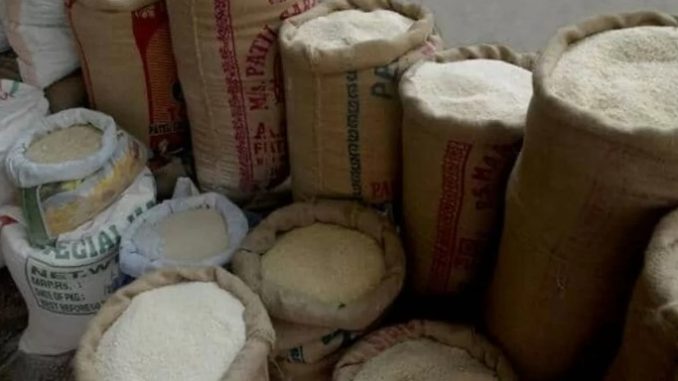
On August 28, the Minister of Consumer Affairs, Food, and Public Distribution, Pralhad Joshi, stated that the Indian government is considering easing the ban on the export of non-basmati white rice, which has been in effect for a year, in the context of surplus production and a significant increase in rice acreage.
The export ban, which came into effect on July 20, 2023, aimed to ensure sufficient reserves for domestic consumption and limit price increases. Easing this ban could benefit farmers, traders, and exporters looking to take advantage of strong global demand for Indian rice. This decision would also provide relief to rice-consuming countries that have asked the Indian government to lift the ban.
Currently, basmati rice is only exported at prices above the minimum price, while parboiled rice is subject to a 20% export duty, and the export of non-basmati rice and broken rice is prohibited.
India has managed to control food price inflation, and despite the expected negative impact of the El Niño climate phenomenon, Indian paddy rice production remained abundant in 2023.
It is now necessary to allow non-basmati rice exports, for which restrictions had been imposed due to the effects of El Niño. The ban on exporting non-basmati white rice could be lifted due to heavy rains, improved rice cultivation in 2024, and increased government stocks.
Export restrictions have also affected Indian trade figures. Between April and June, rice exports fell by nearly 34% to 3.2 million tons after non-basmati white rice exports were restricted in July last year. According to data from the Indian Ministry of Commerce, exports of non-basmati white rice fell by 78% to around 300,000 tons, while exports of broken rice fell by 8% to 300,000 tons, and exports of parboiled rice decreased by 11% to 1.5 million tons.
The Indian Rice Exporters Association stated that by banning rice exports, the government has successfully controlled “rice inflation” and that it is now time to reassess this policy in the context of an abundant rice supply. According to the latest data from the Ministry of Agriculture, the area cultivated with rice increased by 16% to 39 million hectares, and the area planted with beans increased by 7% to 12 million hectares as of August 23, 2024.
During the 2023/2024 fiscal year, India exported a total of 15.7 million tons of rice, including 2.36 million tons of non-basmati white rice, 545,000 tons of broken rice, and 7.57 million tons of parboiled rice, compared to 21.8 million tons in the 2023 fiscal year. The country is the second-largest rice producer after China and the world’s largest exporter, accounting for nearly 40% of global trade before the imposition of export restrictions.
